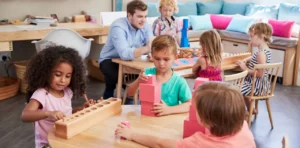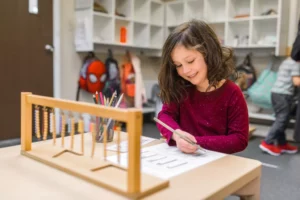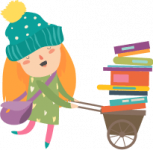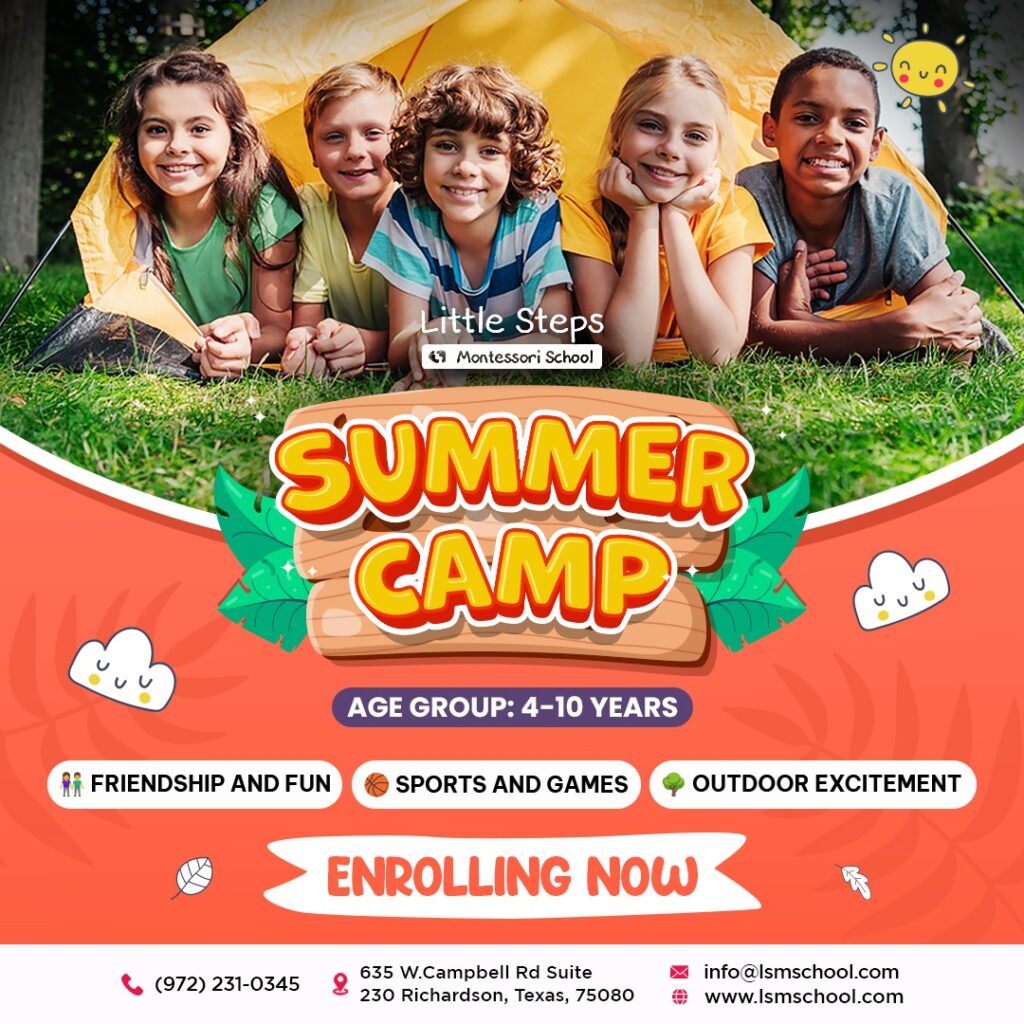Making your kids learn discipline is a challenging task. For the best results, you must choose effective methods to discipline children. Parents believe that time-outs are an effective way to teach children about actions and consequences. But research on time-outs and punishment over the last decade has pointed to better alternatives.
A study conducted by Michael Chapman and Carolyn Zahn-Wexler for the National Institute of Mental Health concluded that timeouts only get children to cooperate temporarily. Children who were disciplined misbehaved more than those whose parents took the time to model positive behavior and talk to them about their actions.
Why do we punish our children? It is straightforward. We want them to understand what is right and wrong. However, punishment does not teach children the difference between right and wrong. If there is one thing we know, it is that children must motivate themselves. Adults only produce external discipline or good behavior for the sake of appearances when they discipline and punish them.
In reality, children should want to make good decisions on their own. They should use their moral courage and empathy to navigate the world and its problems. Sometimes it’s difficult to tell what’s right and wrong, and as parents, we can’t always be there to set these boundaries for them.
4 Effective Methods to Discipline Children:
#1 Taking care of the root cause
There are different methods to discipline your child. Taking care of the root cause is basic. Jane Nelson writes in her book Positive Discipline; “Where did we ever get the crazy idea that to make children do better, we must first make them feel worse?” Consider the last time you felt humiliated or unfairly treated. “Did you want to cooperate or do better?”
What does this imply for parents and caregivers? We frequently punish or scold a child to hold them accountable for their actions. Instead, whether an authority figure is present or not, we must hold them accountable for their actions.
We punish children because we believe that if we do not; they will grow up spoiled and will do the wrong thing. Punishment draws attention to the child’s specific actions and informs them that they will suffer certain consequences because of their actions. Here, we’re doing two things:
- We are less concerned with the child’s behavior toward others and more concerned with what we will do to them if they do not follow the rules.
- We are not assisting a child in addressing the emotions that caused them to act the way they did, nor are we addressing the root cause.
#2 Before Correction, make a connection
When we notice bad behavior in our children, we all yell at them. Let’s face it, we are all human so emotions and moods are bound to be high. Yelling, as human as it is, accomplishes little. It serves as a link between us and our children. A parent once told me that she would yell at her daughter, but when her husband yelled at the child and she was present, she saw it from a different angle and realized how horrible it felt. Sometimes we need to make a small but significant shift from reactive to responsive parenting.
Instead of yelling or scolding our children, what can we do? You can make a list of your triggers and work on them. Also, try to distinguish between a reaction and a response. A reaction is a defense, whereas a response is listening to your child’s side of the story and attempting to understand the underlying cause of the behavior.

Express your feelings while also allowing them to express theirs. “You are very upset that you cannot go to the park,” it is appropriate to say. “I’m irritated as well.” If you believe you are about to lose it, take a break.
This is beneficial for the children to witness, as they can learn to breathe and become calm before saying or doing something.
#3 Time-outs are extrinsic rather than intrinsic
When you give your child a time-out, you force them to sit somewhere away from you for a set time. Yes, it is important to model space and how we need to give ourselves space when we are upset, but consider this: when a child is overcome with strong emotions, forcing them to sit away from you teaches them nothing and misses an opportunity to connect and communicate. A child is incapable of comprehending such vast and perplexing emotions. They require our assistance in completing that task.

Try time-ins as an alternative. Go to a quiet place and work on the problem together. You can designate a room in the house where you and your child can go to relax. Respect their decision if they do not want to use that space. Find ways to work together to solve the problem. When you show them how it works, children in elementary and secondary school understand immediately and find various ways to calm themselves.
#4 The behavior of a role model
Children keep observing their parents. They pick up on our emotions and vibrations. Also, they reflect our fears. It is impossible to remain calm, cool and collected at all times. It does, however, help if we develop techniques for relaxing and dealing with our inner conflicts.
When it comes to children; they are more willing to follow rules that they have helped to establish in the home with their parents. Working as a family to establish ground rules while remaining flexible is extremely beneficial. Finally, children must develop self-esteem, empathy, and self-concepts that will serve them well in the future.
A Montessori environment is an excellent place to develop these self-concepts. Children as young as three and four understand discipline in a Montessori classroom, not because it is imposed on them, but because they internalize it and enjoy its rhythm. They also understand why they need to put things back where they belong or be quiet during certain activities. From the time they are toddlers, they are treated with respect and love. They understand conflict resolution when a Montessori adult facilitates groups or collaborations positively and intrinsically when they are older.
Maintain consistency in your approach when working with your child on these challenges. Also, explain to them how making mistakes is an important part of the learning process.
Recognizing the extrinsic, surface aspects of a problem is all that reacting entails. The underlying cause is ignored. As an adult, it’s fascinating to observe how children react or what they think of adults and a given situation. All that is required is grace and a desire to learn and grow.
All in all:
When it comes to teaching discipline to children in a smart manner, Montessori education is the best option. Choose a Montessori school for your child to give him the best learning environment. Montessori classrooms are planned ahead of time to meet the needs of individual students. There are no time constraints, and the child is not forced to move on to the next lesson until he has completed the first. Montessori classrooms provide children with ample space.










